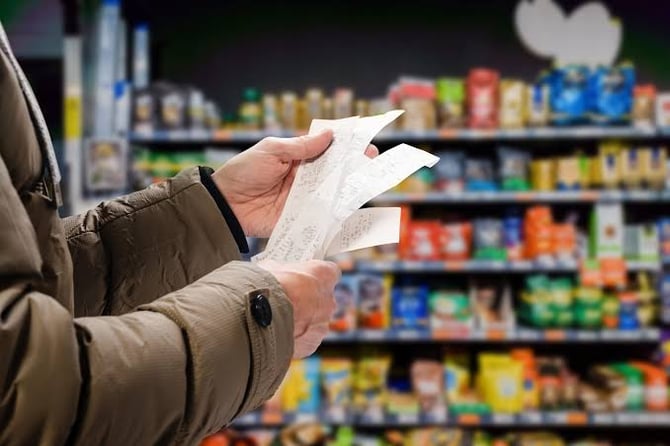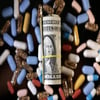UK Inflation Rises to 3% in January, Higher Than Expected

The UK’s inflation rate surged to 3% in January, exceeding analyst forecasts of 2.8%, as reported by the Office for National Statistics.
Core inflation, stripping out energy, food, alcohol, and tobacco, climbed to 3.7%, up from 3.2% in December. The increase was largely driven by transport costs and a rebound in food and non-alcoholic beverage prices.
Airfares, which typically decline in January, fell less than usual due to holiday season timing, marking the weakest January dip since 2020. Meanwhile, private school fees surged nearly 13%, reflecting VAT changes.
The British pound showed little movement against the dollar, hovering around $1.2615 following the data release. Inflation had previously fallen to a three-year low of 1.7% in September, but rising fuel costs and persistent service sector price pressures have reignited upward momentum.
The Bank of England responded to slowing economic growth with its first rate cut of the year earlier this month, lowering its benchmark rate to 4.5%. Despite this, policymakers anticipate headline inflation to rise to 3.7% in Q3 2025 before gradually returning to the 2% target by 2027.
What Does This Mean for Me?
The BoE also halved its UK economic growth forecast for the year from 1.5% to 0.75%, reflecting the broader economic slowdown. While inflation is expected to ease in the longer term, concerns remain that higher energy costs and global market pressures could sustain elevated price levels.
The risk remains that inflation could prove more stubborn than anticipated, delaying further rate cuts or reducing their scale.
More News

OECD Warns AI and Tariffs Will Test the Global Economy

Zero Tariffs, Higher Drug Bills as US and UK Reset Pharma Trade

Catastrophe Bonds Go Global as Climate Risk Meets Yield Hunting
.webp)
Canada Shields Steel and Lumber Industries From Tariffs

Trump Drops Selected Tariffs in Response to Inflation Pressures

Tariffs on Mexico Test Nuevo Leon’s Industrial Momentum

US Moves to Ease Latin American Tariffs as Food Inflation Mounts
